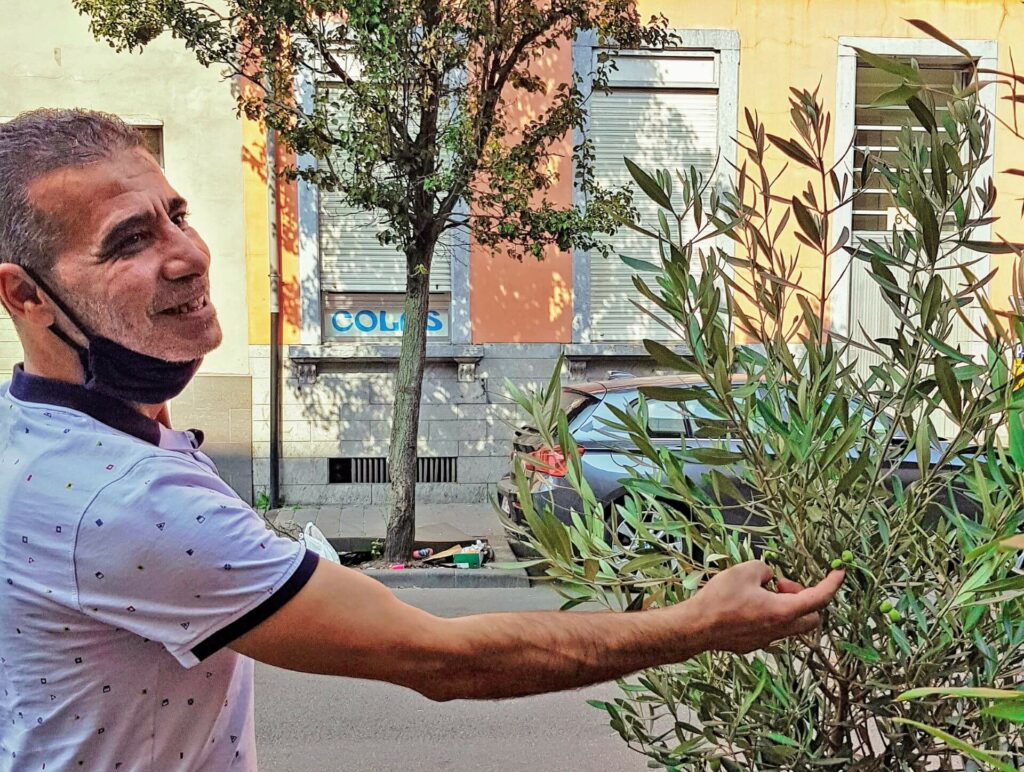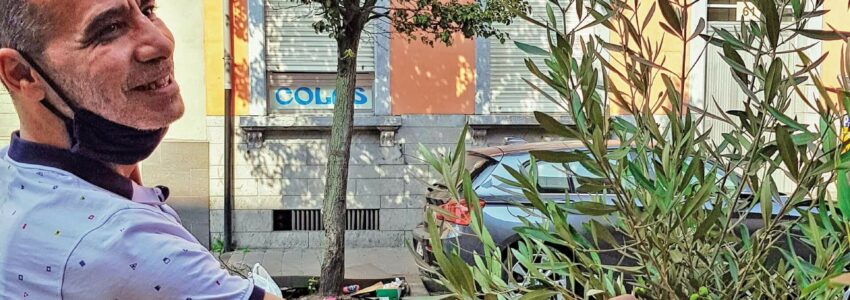08 The walking interview
The “walking and talking” method is used for revealing the relationship between people and places, including perceptions, emotions, identification with space, performativity, usage and ways to appropriate the space.
Prepare
Let the interviewee guide the walk and decide on the places to visit. The more interviewees define the path of the walk, the more you learn about their intimate relations to space and the way(s) they use and co-own space in everday life. Alternatively, you can define the path of the walk and include places that might be barely known to the interviewees, to understand anchor points and how they perceive an unknown environment.
Who to interview
Anyone familiar with the environment, who does not have any personal relationship with the researcher and is able to walk longer distances (1 – 2 hours).
How to carry out the interview
Ask questions (on the basis of a predefined interview topic or more generally) to find places of personal significance for the interviewee within the area. Start at a quiet place. Record the interview, take photos and notes. Focus on: the way spaces are perceived, used and made useful the construction of spaces (boundaries, visibility, invisibilities) the different spatial practices attributed to groups the way interviewees communicate their emotions during the walk: Stals et al. (2014) suggest using a scale for participants to assess their emotions once they are on site.
Analyse
Transcribe the interview and analyse the content (e. g. following the methodology of grounded theory, a variant of discourse analysis or objective hermeneutics).
Who is it for
Local residents and users of a certain space
How does it work
Select places that might be important to the interviewee, or let him / her define the path of the walk. If the interviewee agrees, record the interview and document the tour with photos, and notes. Finally, analyse and interpretate your data.
Why, what for
It is low-threshold, provides a relaxed setting for an interview and stimulates associations.
Who can do it and what do you need for it
Competences: a social scientist and a translator (if necessary)
Materials: an audio recording device, a camera and a card to note down emotions
At what phase in a planning process
The field research (“listening”) phase
Estimated budget
The costs of the technical equipment
syncity Contact
Richard Pfeifer, office(at)oikodrom.org

Further reading:
Stals, Shenando, Smyth, Michael and Wijnand Ijsselsteijn. 2014. ‘Walking & Talking: Probing the Urban Lived Experience Mobile’. NordiCHI’14: Proceedings of the 8th Nordic Conference on Human-Computer Interaction: Fun, Fast, Foundational, October 2014, pp. 737-746.
*
Kühl, Jana. 2016. ‘Walking Interviews als Methode zur Erhebung alltäglicher Raumproduktionen‘. Europa Regional 23(2): 35-48.

